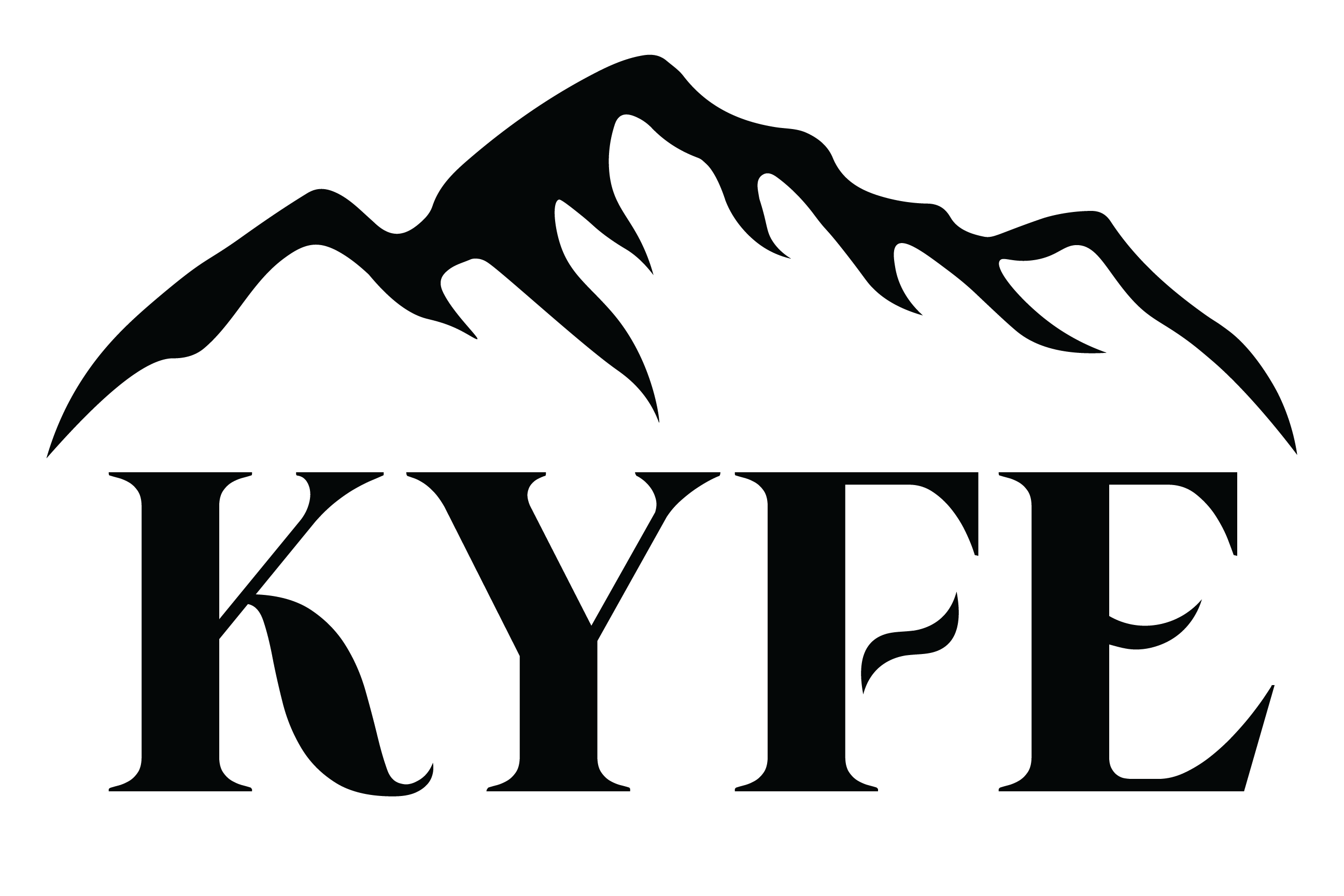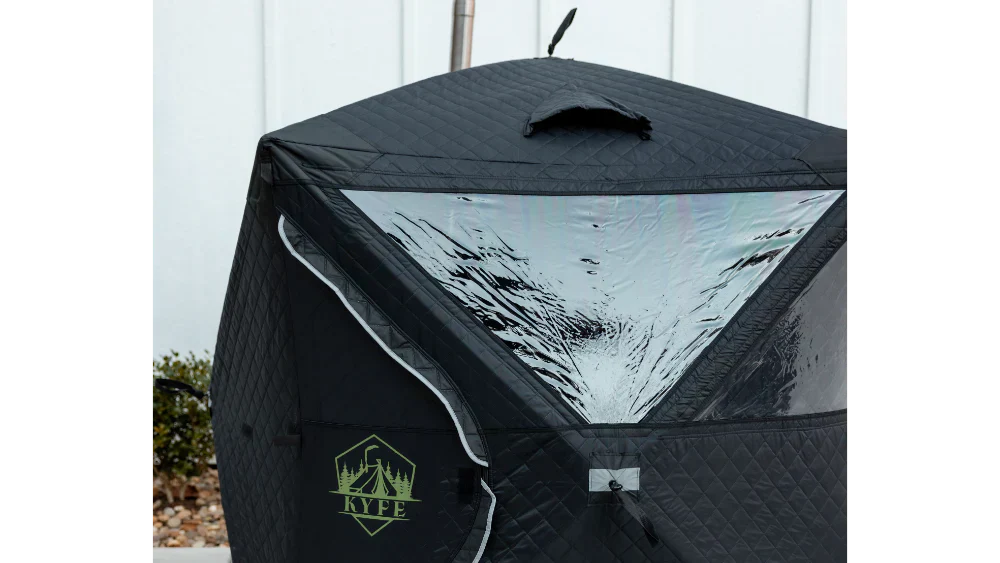In a world where every plug‑in carries a cost, whether financial, environmental, or practical, it is natural to ask, do portable saunas use a lot of electricity, and how much electricity does a sauna really consume per session, per hour, and per month. Most people wonder about electricity usage, electric saunas, sauna electricity cost, energy costs and indoor or outdoor sauna setups to fit their lifestyle. This guide breaks down the math, explores energy efficient models, compares infrared saunas to traditional saunas, and introduces a radically different option with zero electricity usage.
Understanding Sauna Type & Electricity Consumption.

Portable Saunas Overview.
Portable saunas, including typical infrared sauna models and fold‑up steam tents, vary widely in electricity usage. Their energy consumption depends on the sauna model, sauna heater type, insulation, size, and heating method. Infrared panels use a different system than electric sauna heaters or traditional electric saunas.
Infrared Saunas & Electricity Usage.
Typical infrared sauna heaters use 1,000–1,500W of electricity per hour. A typical infrared sauna session lasting 30 to 40 minutes consumes 0.5 to 1 kWh of energy. Infrared saunas are considered energy efficient compared to traditional electric saunas but they still contribute to electricity costs per kilowatt hour at local electricity rates.
Traditional Saunas & Running Costs.
Traditional electric saunas use much more energy. They may draw 3 to 8 kW of power with session energy use reaching 3 to 13 kWh per hour depending on size and insulation. Traditional saunas use a sauna heater and require time to properly preheat, increasing sauna running costs, cost of electricity bills, and maintenance costs. Steam rooms and steam generators add to the electricity consumption and energy usage.
How Much Does It Cost to Run A Sauna.
Calculating Electricity Costs & Sauna Session Cost.
To understand cost to run and sauna session cost, you need to know power rating, session length, and local electricity rates. For instance at $0.15 per kilowatt hour a 1 kWh session costs $0.15. Running a typical infrared sauna 30 minutes daily translates to 0.5 kWh per day or 15 kWh per month costing around $2.25, depending on local electricity rates.
Monthly Energy Costs of Different Models.
Infrared sauna energy consumption roughly 15–30 kWh per month costs $2.25–$6 per month. Traditional electric saunas with larger heaters draw more power and cost $25–$60 per month for regular use, depending on sauna's temperature, how well insulated sauna is, heat loss, and sauna running costs.
Energy Consumption Factors.
Energy usage depends on several factors:
-
Type of sauna heater (infrared light panels vs electric heater vs wood burning stove).
-
Proper insulation reduces heat loss and energy costs.
-
Session length and per hour use.
-
Whether sauna is indoor or outdoor sauna.
-
Larger saunas and well insulated sauna cabins cost more to heat.
-
Use of energy efficient heaters and sauna accessories.
-
Sauna type whether steam or dry.
-
Off peak electricity hours timing.
-
Maintenance costs to retain efficient operation.
Energy Efficient & Energy Saving Tips for Sauna Electricity Cost.
Choose Energy Efficient Models.
Infrared saunas with modern infrared panels and smart control use less energy. Electric sauna heater models with smart thermostats can reduce energy consumption. Traditional finnish sauna models often lack smart efficiency features.
Improve Insulation & Location.
A well insulated sauna, especially indoor sauna cabins, retain heat and reduce energy bills. Adding insulation or covering windows helps. Insulating tents or choosing outdoor sauna shelters can improve performance.
Optimize Session Strategy.
Take shorter sauna sessions, limit session length, preheat only when ready, preheat in off peak electricity hours and lower sauna’s temperature during start up.
Maintain Heater & Equipment.
Clean heaters, descale steam generators, seal gaps, and replace worn insulation or blistering wooden parts. Reduce heat loss and electricity usage.
Do Portable Saunas Use a Lot of Electricity.

Comparing Portable Infrared vs Traditional Electric Saunas.
Infrared saunas use less energy than traditional electric saunas but they still contribute to energy bills. A typical infrared sauna session uses 0.5‑1 kWh, while traditional electric sauna uses 3‑13 kWh. Traditional saunas require more electricity per hour and produce more heat but carry higher cost of electricity and maintenance costs.
Indoor Or Outdoor Sauna Effects.
Indoor sauna installations often benefit from reduced heat loss and lower energy costs. Outdoor sauna tents may lose more heat and raise sauna electricity usage.
The Zero Electricity Alternative with Wood Burning Saunas.
What Are Wood Burning Saunas.
Wood burning saunas use a wood burning stove instead of an electric heater. They offer heat and steam by burning firewood, eliminating electricity usage completely.
Kyfe Sauna as Outdoor, Zero‑Electricity Option.
Kyfe Sauna is a portable wood-burning cabin that heats to over 200°F. It fits 4‑6 people and delivers authentic traditional finnish sauna experience without electricity. This off-grid sauna requires firewood only, cutting energy bills and electricity usage to zero.
Cost to Run & Energy Consumption Comparison.
Kyfe’s cost to run is merely the cost of firewood. No electricity costs and minimal maintenance. Compare that to electric saunas with sauna electricity cost per month. Kyfe is far more energy efficient in the sense of zero grid energy.
Sauna Session Cost Across the Spectrum.
Infrared Sauna Session Cost.
Infrared sauna session cost: 0.5‑1 kWh per session at $0.15/kWh, equals $0.08‑$0.15 per sauna session or roughly $3‑$6 per month with daily use.
Traditional Electric Sauna Session Cost.
Traditional saunas may use 3‑8 kWh per hour, costing $0.45 to $1.20 per hour, or $14–$36 per month per hour session depending on size, insulation, and electricity costs.
Wood Burning Session Cost.
Kyfe offers sauna sessions that cost the price of firewood only. A single sauna session might consume enough wood worth $1‑$3 depending on local fuel cost. This is far lower than energy usage and electricity bill for electric saunas.
Sauna Depends on Heating Method & Application.
Choosing Between Infrared, Electric or Wood.
Your sauna choice depends on how much energy consumption you accept, electricity usage, energy efficiency you want, whether sauna depends on electric or wood, and whether you care about traditional steam experience.
Indoor or Outdoor Sauna Scenarios.
For home sauna setups indoor wilderness retreats or backyard cabins. Consider whether you prefer a portable indoor sauna or an outdoor sauna. With Kyfe you gain outdoor portability and zero electrical footprint.
Sauna’s Energy Usage & Environmental Considerations.

Carbon Footprint of Electricity Vs Firewood.
Electric saunas draw energy from grids still powered by fossil fuels. Wood burning sauna only emits natural carbon cycling, making wood a renewable source of heat.
Sustainability & Off‑Grid Freedom.
Kyfe Sauna offers sustainability, off-grid living energy autonomy, and energy independence. For eco-conscious consumers wood burning saunas provide a meaningful option.
Maintenance Costs & Longevity.
Infrared & Electric Sauna Maintenance.
Infrared panels degrade, electric heater elements fail, steam generators need cleaning, indoor sauna equipment has to be monitored. These maintenance costs compound electricity consumption over time.
Wood Burning Sauna Maintenance.
Wood burning stove in Kyfe Sauna requires chimney cleaning, periodic rust protection, and wood ember management but generally longer lifespan and simpler maintenance.
Frequently Asked Do Portable Saunas Use a Lot of Electricity Questions.
Do portable saunas use a lot of electricity.
Not always, portable infrared saunas use relatively low electricity but traditional electric saunas use more energy per hour.
How much does it cost to run a sauna session.
Infrared session cost $0.08‑$0.15 at $0.15/kWh, traditional sauna session cost $0.45‑$1.20 per hour.
Can I reduce energy consumption.
Yes, choose energy efficient heaters, improve insulation, preheat during off peak electricity hours, maintain the sauna heater.
Is sauna electricity cost expensive.
It can be if you use traditional electric saunas, infrared is less expensive but still adds to energy bills.
Do indoor sauna or outdoor sauna differ in energy usage.
Indoor saunas retain heat better, outdoor sauna tents lose more heat increasing electricity usage.
What is a traditional Finnish sauna.
It is a wood burning sauna with steam from pouring water on hot stones. Kyfe replicates this experience off-grid.
How much energy does a sauna vary depending on heater.
Infrared uses 1–1.5 kW, traditional electric uses 3–8 kW, wood burning uses no electricity.
Final Thoughts & Cost of Running A Home Sauna.
When asking do portable saunas use a lot of electricity the answer is they can, depending on type, usage, and insulation. Infrared saunas use moderate energy while traditional electric saunas use more per hour. But with Kyfe Sauna energy costs drop to zero for electricity usage, energy bills disappear, and energy consumption is replaced by firewood cost. This portable outdoor sauna offers freedom, ritual, and real steam, without electricity bill. Whether you are considering your own sauna or an in home sauna setup, understanding these differences helps you make the best choice for your lifestyle and budget.
Call to Action.
If you want to lower electricity costs, reduce energy consumption, and embrace an authentic sauna experience consider Kyfe Sauna. This outdoor wood burning sauna, built for portability, ritual, and off‑grid life, delivers real steam, high temperature, group capacity, zero electricity usage, and minimal operating costs.



DIY Sauna: A Complete Guide to Building or Buying Your Own Steam Sanctuary
The Ultimate Guide to Sauna Tent Experiences: Heat, Health, and Freedom Anywhere